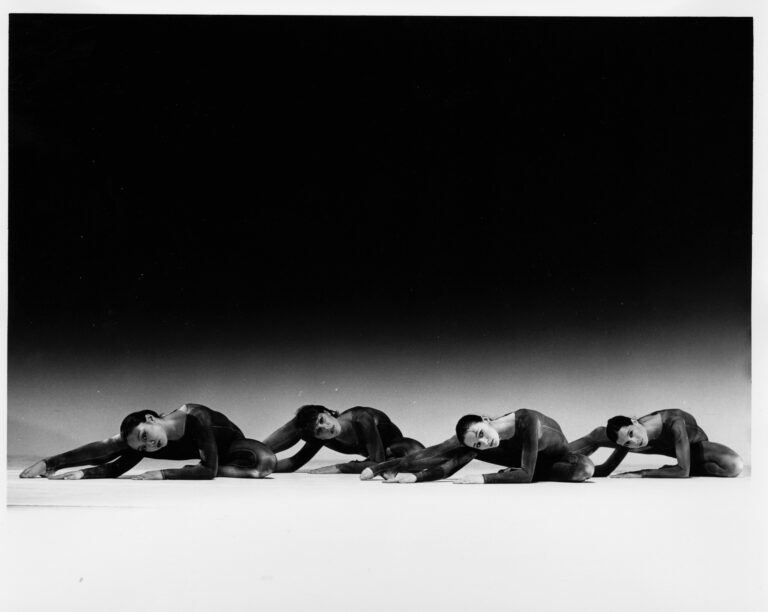Your Stories: Your Experiences of Searchability, Accessibility and Gatekeeping
We asked you to share your experiences of searchability, accessibility and gatekeeping. It prompted a strong response and provoked the most heartfelt comments. Clearly many of you have been adversely affected by these issues.
Don Gillies Electronic Archives ©
We asked the question …
Q. What are your experiences of searchability, accessibility and gatekeeping?
You responded:
My experiences with accessibility and gatekeeping are as follows:
- Oftentimes, I was unable to access an archive itself, only lists of the contents within it
- It’s been more difficult to find relevant images than relevant text in my searches of digital archives
- It’s often been a challenge to get my citation software to properly load the citation information from an archival document..
AND:
I [have] found the resources for dance either in hard copy or specific virtual platforms to be the last resources to be established and/or financed.
In searching for good sources on dance forms, it is still obvious that the focus is on western theatrical dance forms and very limited on the numerous ways that dance is experienced and expressed.
I experienced the gatekeepers within my [workplace], an established institution, which did not understand the role of dance in people’s lives and saw dance as a frivolous activity!!!!
AND:
The Jerome Robbins dance archive at the New York Public Library has a wonderful catalogue and, clearly, a wonderful collection. Staff are very responsive to enquiries but it is impossible to ‘browse’ the collection.
In contrast, The Victoria and Albert Museum has a copy of The Russian Ballet in Caricatures by Nicolai and Sergei Legat, a folio of about 95 of their caricatures of artists of the Mariinsky company ca 1903. Not only is it possible to view the images, there are some notes and information as well. It is possible to download and use having completed a little questionnaire about the extent of usage etc. When one of the images was missing from the website, they rectified it very quickly.
AND:
‘What is kept in the archives and how does it get there?’ How are the archives organized, thought about, and considered as a ‘space’ in the ‘real’ and the ‘virtual’?” What is ‘missing’ or made ‘invisible’ and what is ‘hidden’ due to systemic problems?
An ongoing search issue between dance and archiving, is that some dancers are included in the archives with their names added under the credit of ‘dancers’ while other dancers are made ‘invisible.’ Dancers may appear in a photo but their names are not accounted for in the credits and therefore are not searchable and remain nameless. Along with this same occurrence of ‘invisibility’ there often comes an instance of ‘visibility’ which is given to those who are not in the photo, but are accounted for by being cited under the credit of ‘choreographer’ and ‘photographer.’
What are the ways in which issues of ‘invisibility’ could be accounted for which might also reflect a more equitable approach to issues of entrance, gatekeeping and privilege in the archives?
There are photos I have come across which may be of interest to researchers but as it stands now, it would be impossible to know they exist.
There are markings and information on the back of some photos which contain excess information. This may be of interest to researchers. Photographing the back of photos may be a way to include this information and make it available for search without having to go to the archives.
AND finally:
As a dance curator, I have come to terms with the terrible power invested in my role as “gate-keeper” in deciding which artists get access to our stages and studios. I have come to prefer the idea of “gate-opener” as an ethic and way of practicing my métier. It is too much to allow a single person to be so decisive, as there is “no accounting for taste.” And so, as I took my final leave [as dance curator], I left in my place a curatorial group who share power equally and hail from very different cultural and artistic perspectives. And, in response to the moment, none of them is a heterosexual white man.
A fantastic ethic. We should all be ‘gate-openers’.
Here are more of your comments on accessibility






